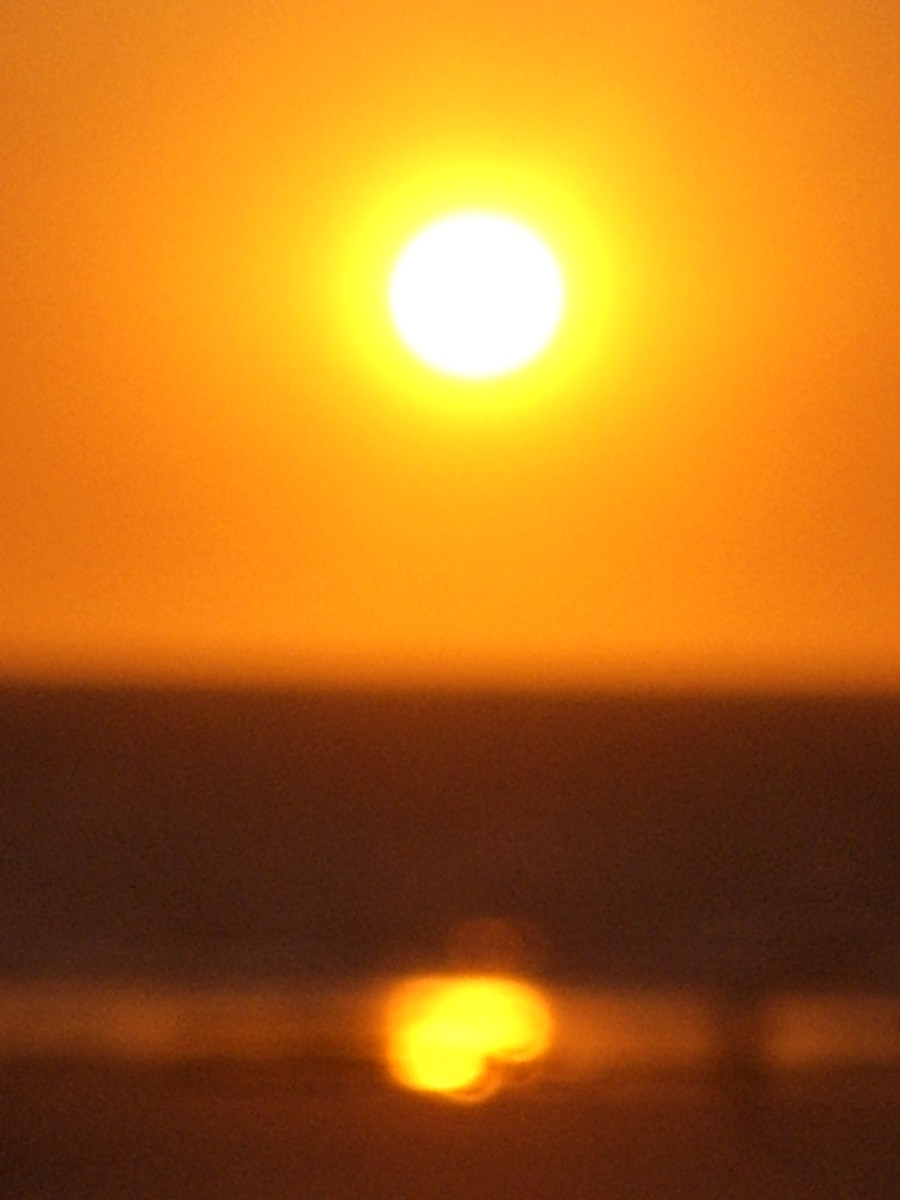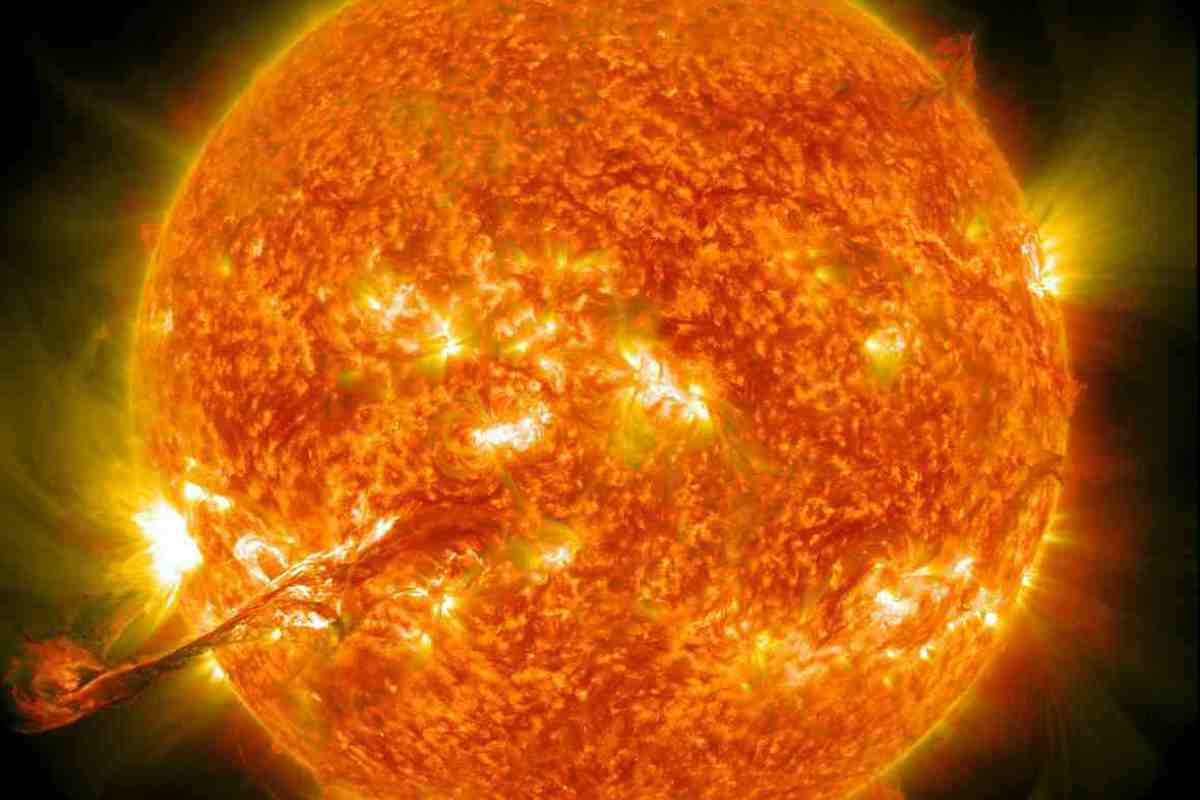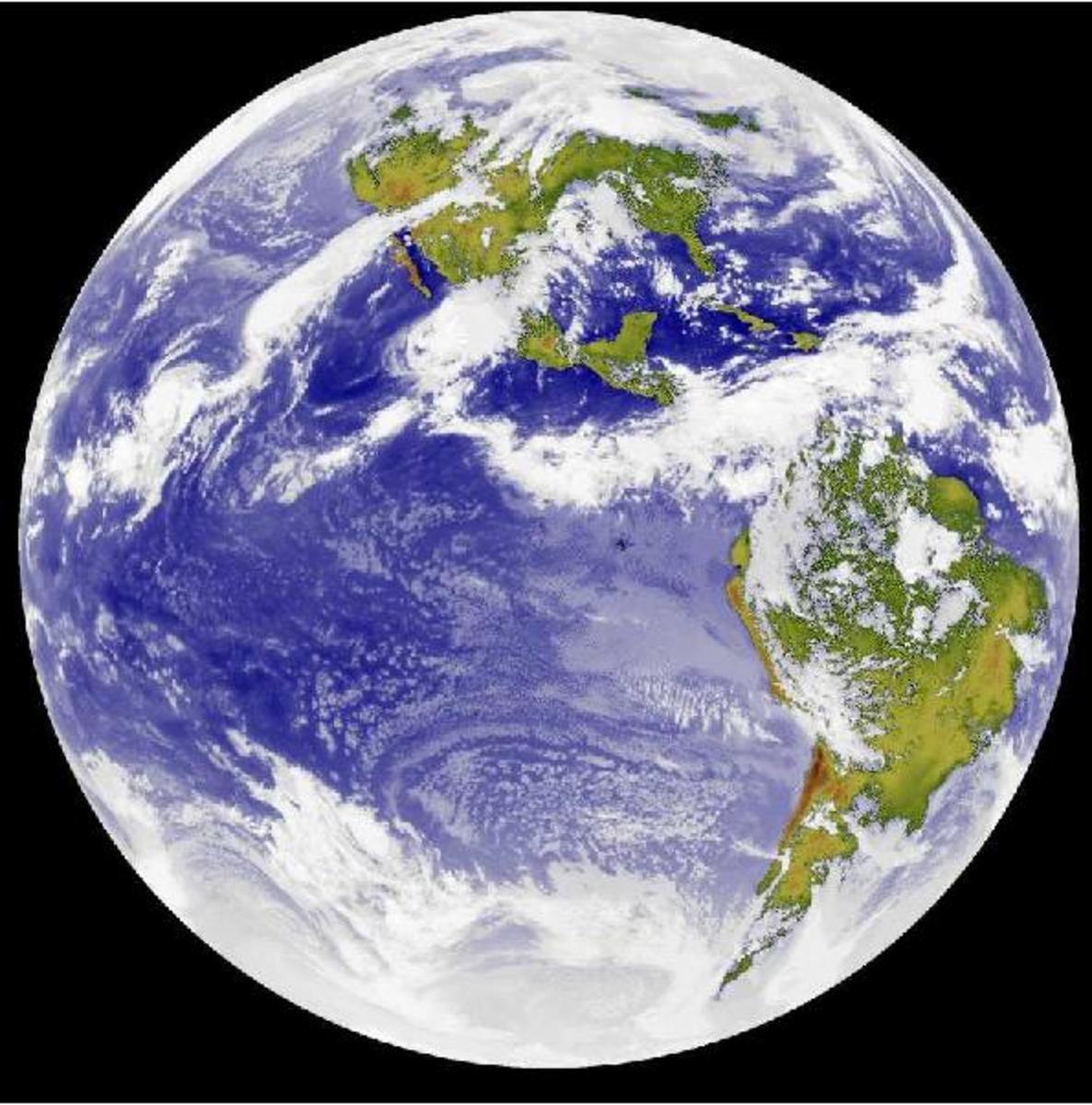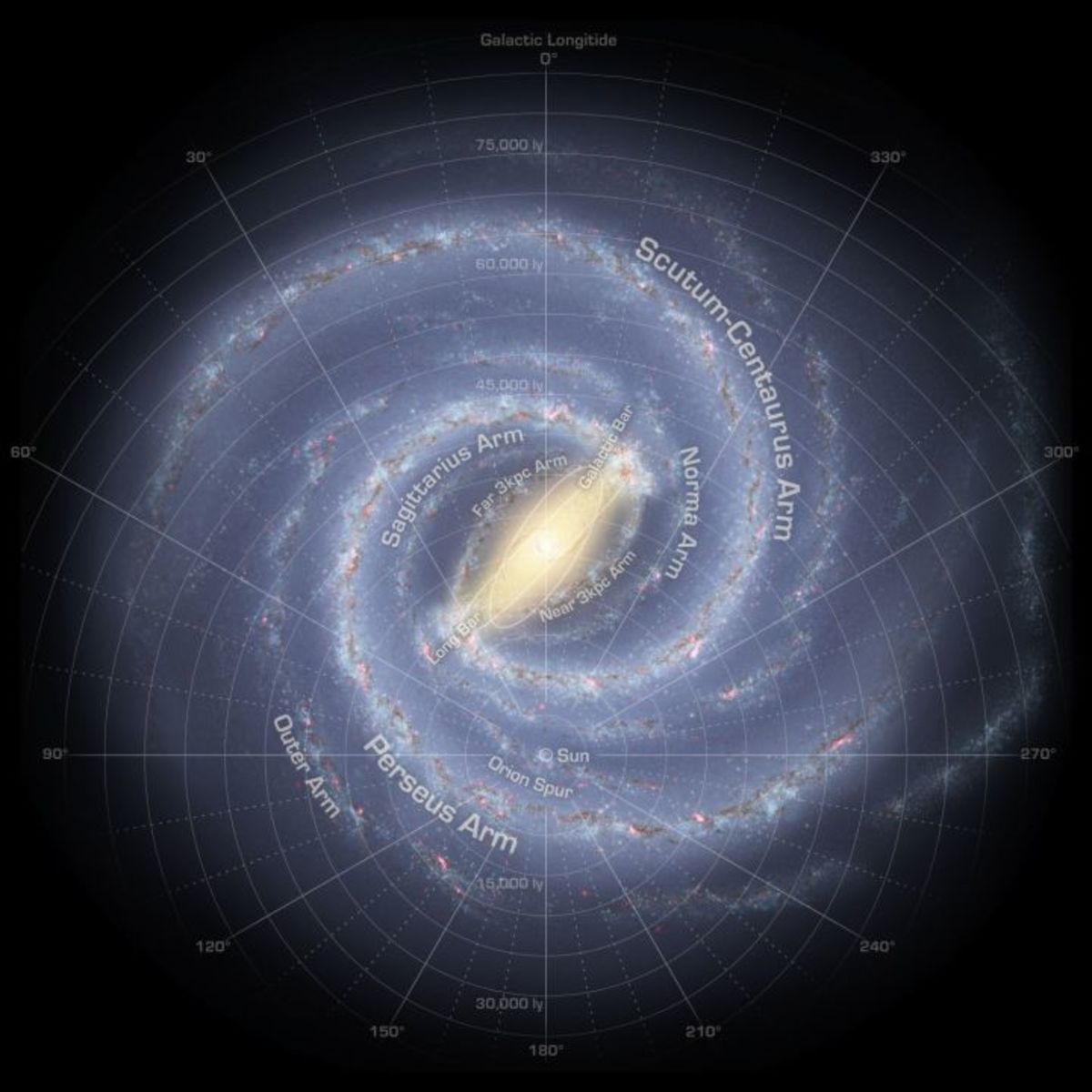When it is summer in your land? Not near the Sun!
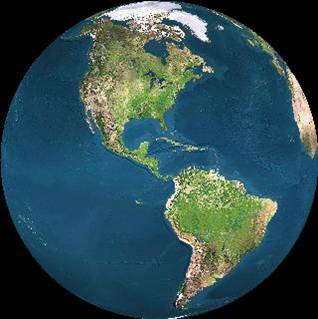
Our earth being a planet obeys Kepler’s laws of Planetary motion. According to the first law, earth describes an elliptic orbit around the sun, the sun being situated at a focus (one of the two centres). In a year the earth comes close to the sun once and moves very far off from the sun once.
Perigee vs Apogee
The position of the earth in its actual orbit around the sun when it is nearest to the sun is called Perihelion and the position when the earth is farthest from the sun is called Aphelion. If you look at these from the sun, we say Perigee and Apogee respectively. They are the extremities of the major axis of the elliptic orbit. Perihelion and aphelion are together called the Apses. The line joining them (major axis of the ellipse) is called the Apse line. In general, Perihelion falls on January 3rd and Aphelion falls on July 3rd.
Is it summer near the sun?
Our question is when it is summer in northern hemisphere of the earth? Is it when the earth comes very close to the sun, that is, in the first week of January? Definitely not. On the contrary, that is when the earth moves away from the sun (during the fourth week of June), the summer season begins and ends on September 23rd. Why happens this way?
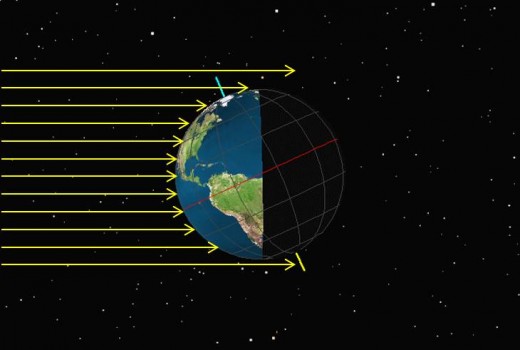
Seasons
The seasons occur due to the two causes namely, the revolution of the earth around the sun and the constant inclination of earth’s axis to its orbit. As the earth’s axis is inclined, the north pole is presented to the sun for this part of the year, its rays strike the surface directly. The heating power is large and the temperature is high. So it is summer. When the earth is very near the sun (from December 22nd to March 21st), it is winter. You can understand from the following chart.
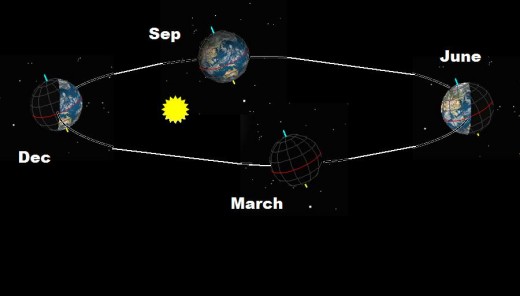
Different Seasons in different hemispheres
The seasons spring, summer, autumn and winter in the northern hemisphere(places above the equator) correspond to the autumn, winter, spring and summer seasons in the southern hemisphere.
Longest day is not the hottest day of the year
- Longest day (June 21st ) is not the hottest day of the year
On March 21st and September 23rd Sun rises at east and sets at west after tracing a semicircle on the sky. This great circle is the celestial equator of your place of observation. Each day sun travels in a...
- Horns of the crescent moon tell your day
From new moon to full moon, the moon is said to be waxing and from full moon to new moon, it is said to be waning. Without referring the calendar, by watching the crescent moon on the night sky, we can...
- Why Full moon is brighter in winter than in summer?
The moon is not a self luminous body. It shines in the light it receives from the sun. The moon reflects only 12% of the light it receives from the sun. The moon light takes 1.29 seconds to reach the earth...




